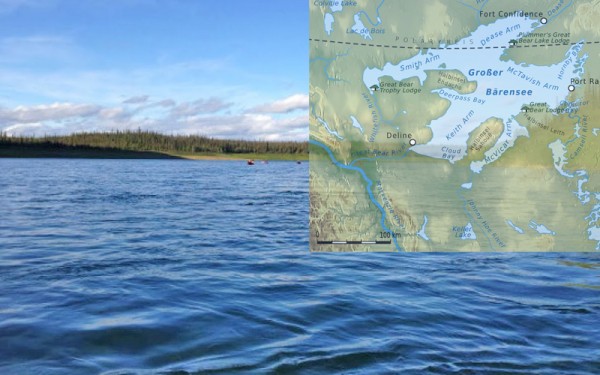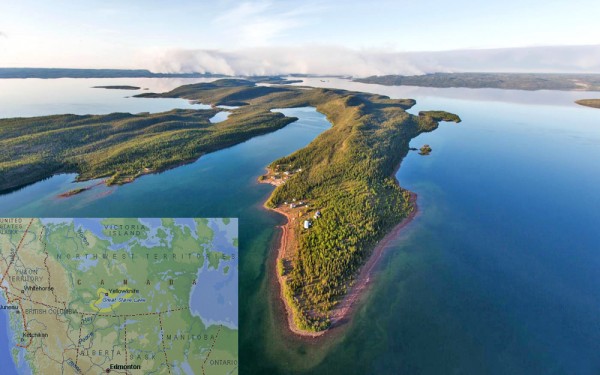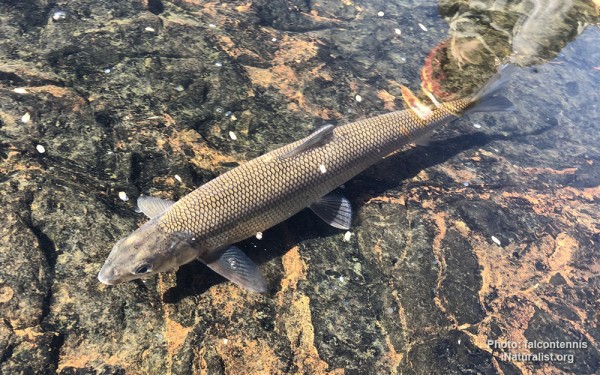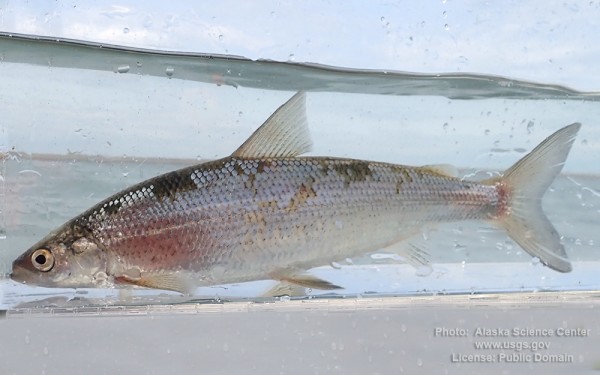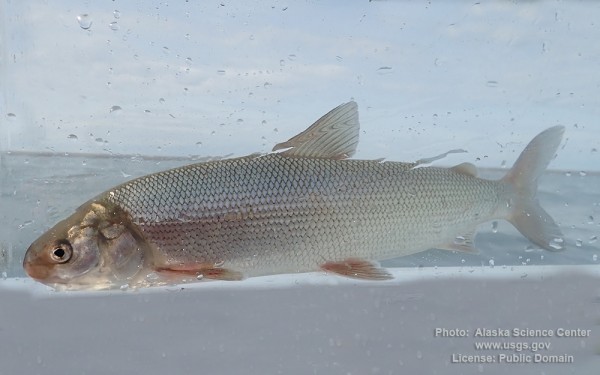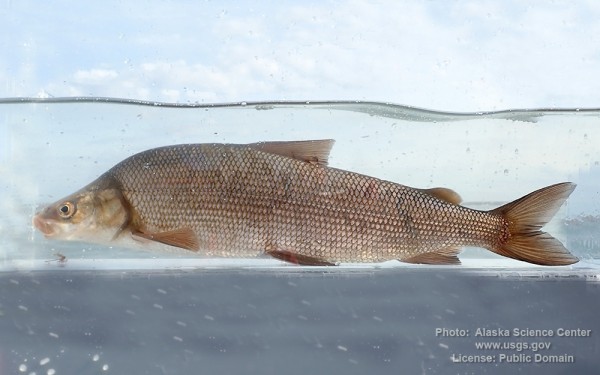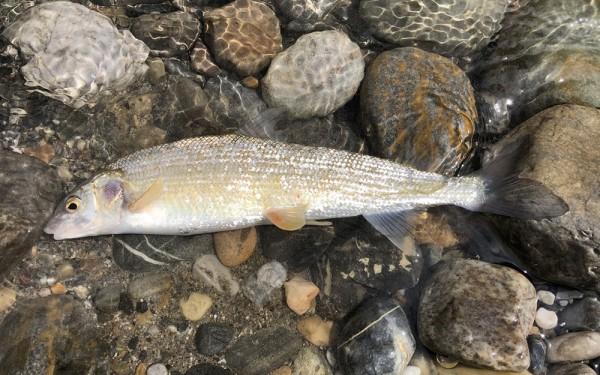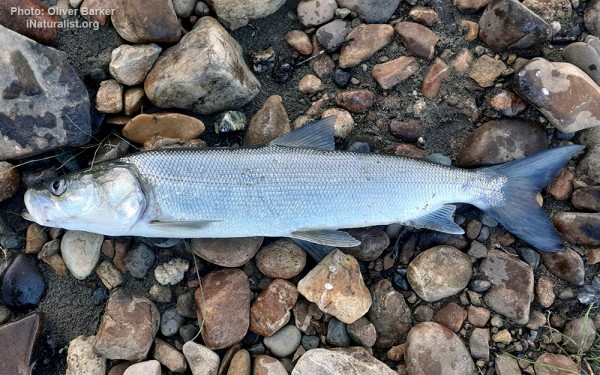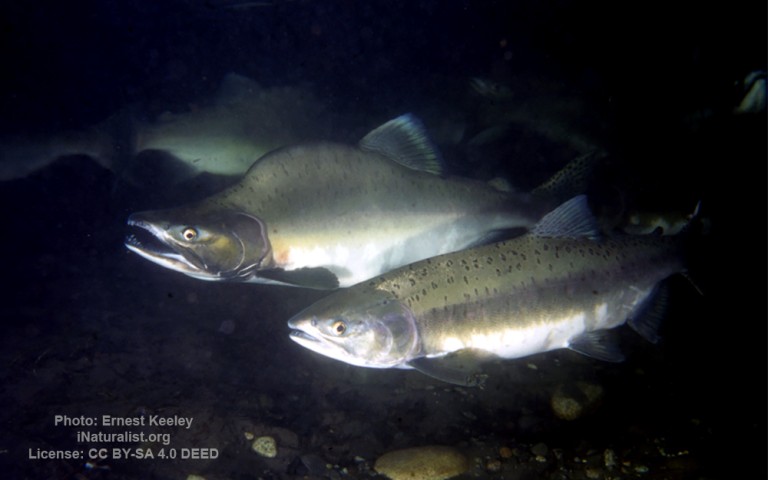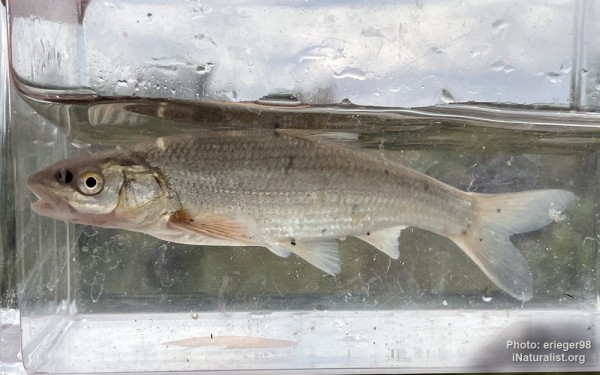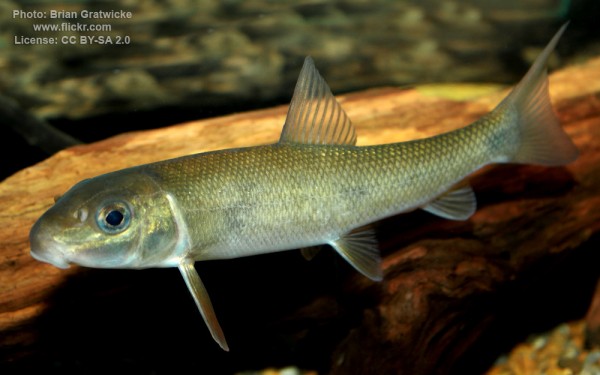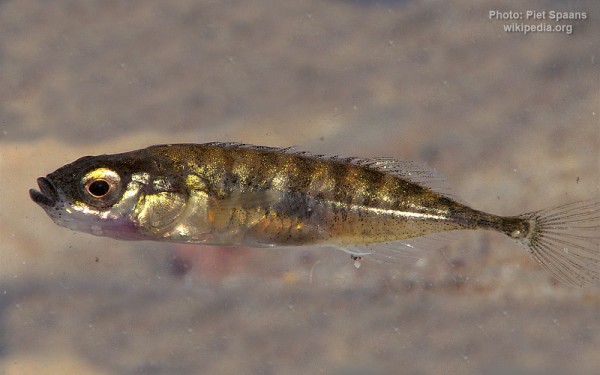Mackenzie
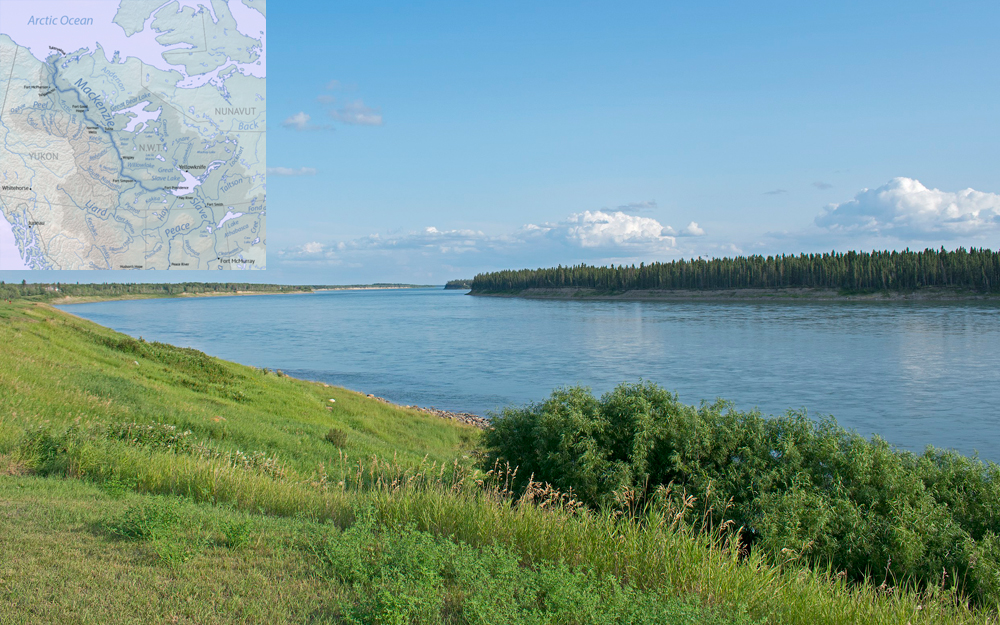
Salmoniformes - Salmons and Trouts
Esociformes - Pikes
Cypriniformes - Carps
Gadiformes - Cods
Gasterosteiformes - Sticklebacks
Salmoniformes - Salmons and Trouts
Esociformes - Pikes
Cypriniformes - Carps
Gadiformes - Cods
Gasterosteiformes - Sticklebacks
Salmoniformes - Salmons and Trouts
Esociformes - Pikes
Cypriniformes - Carps
Gadiformes - Cods
Gasterosteiformes - Sticklebacks
The Mackenzie River is a river in the Canadian boreal forest. It forms, along with the Slave, Peace, and Finlay, the longest river system in Canada, and includes the second largest drainage basin of any North American river after the Mississippi.
The Mackenzie River flows through a vast, thinly populated region of forest and tundra entirely within the Northwest Territories in Canada, although its many tributaries reach into five other Canadian provinces and territories.
The main stem is 1.738 kilometres (1,080 mi) long, flowing north-northwest from Great Slave Lake into the Arctic Ocean, where it forms a large delta at its mouth. Its extensive watershed drains about 20 percent of Canada. It is the largest river flowing into the Arctic from North America, and including its tributaries has a total length of 4,241 kilometres (2,635 mi), making it the thirteenth longest river system in the world.
The ultimate source of the Mackenzie River is Thutade Lake, in the Northern Interior of British Columbia.
The Mackenzie valley is believed to have been the path taken by prehistoric peoples during the initial human migration from Asia to North America over 10,000 years ago, despite sparse evidence.
The Mackenzie watershed is considered one of the largest and most intact ecosystems in North America, especially the northern half. Approximately 63% of the drainage basin, or 1,137,000 km2 (439,000 sq mi), is forested (mostly boreal forest). Wetlands comprise about 18%, or about 324,900 km2 (125,400 sq mi), of the basin. More than 93% of forested areas are virgin old-growth forest.
There are 53 fish species in the basin, none of them endemic. The Mackenzie River has a similar range of fish fauna to the Mississippi River system. It is believed that the two river systems were connected during the Ice Ages by meltwater lakes and channels, allowing fish in the two rivers to interbreed.
Fish populations include wild and hatchery trout, spring chinook and summer steelhead, sturgeon, sculpin, lamprey, whitefish, pike and more.
Fish in the southern half of the watershed are genetically isolated from those of the northern half due to large rapids on the Slave River preventing fish from swimming upstream.
